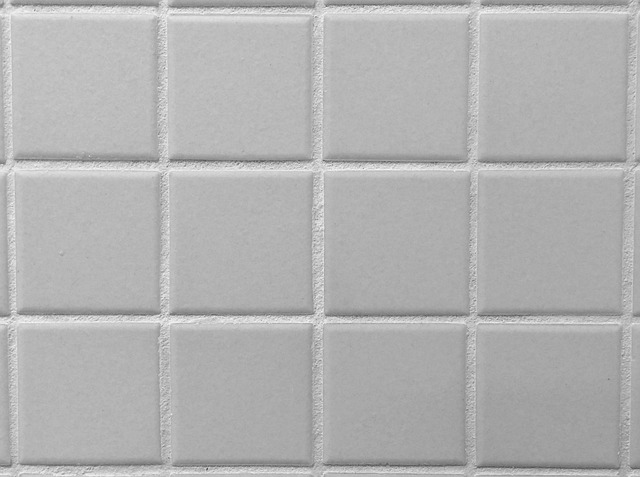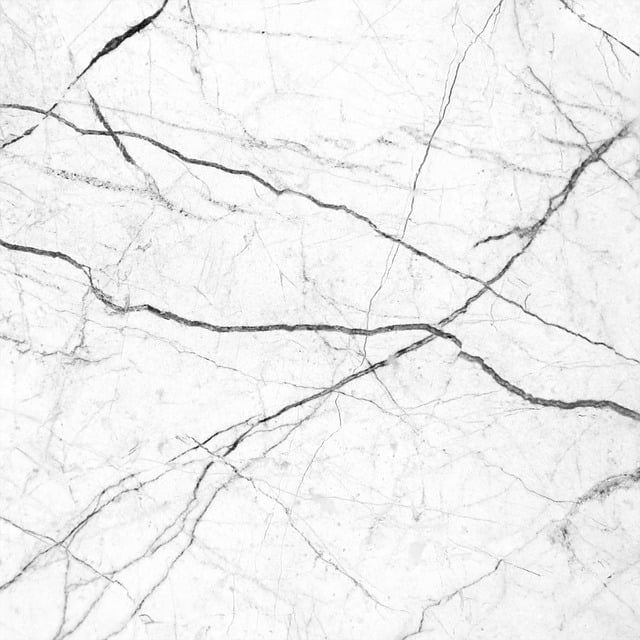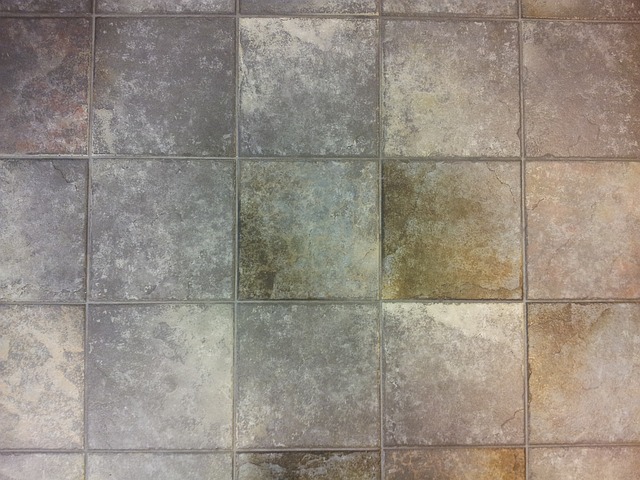Deep tile and grout repair goes beyond surface cleaning, addressing structural integrity and hygiene concerns by targeting mold, mildew, and water damage in older tiles and grout. This involves removing old caulk, reapplying adhesive for loose tiles, replacing damaged sections, and using proper techniques to ensure long-lasting results. Effective restoration requires specific tools, materials, and step-by-step processes, including assessing damage, cleaning, repairing gaps, sanding, and sealing. Regular cleaning and maintenance are crucial for protecting restored tile and grout from future damage. Restoring old tile and grout is a strategic investment that enhances aesthetics, safeguards against moisture and mold, improves hygiene, and boosts property value.
Tired of seeing faded, damaged tiles and grout in your space? Learn how to restore old tile and grout with our comprehensive guide. This article breaks down the process into manageable steps, from understanding the scope of deep tile and grout repair to final touches that enhance your home’s beauty. We’ll also share essential tips for preventing future damage and maintenance. Get ready to transform your space with these simple yet effective restoration techniques.
Understanding the Scope of Deep Tile and Grout Repair

Deep tile and grout repair involves more than just a quick scrub or a surface-level clean. It’s an in-depth process to restore old, damaged, or discolored tiles and grout to their former glory. This often means delving into the underlying layers where issues like mold, mildew, or water damage may have taken root. The scope of this repair extends beyond aesthetics; it addresses structural integrity and hygiene, especially in high-traffic areas.
When considering how to restore old tile and grout, understanding the depth of the problem is crucial. This might involve removing old caulk, applying fresh adhesive for loose tiles, or even replacing sections of damaged grout and tile. Proper techniques and materials are essential to ensure that the repair not only looks good but also lasts.
Assessing the Damage: Identifying Problem Areas

When it comes to deep tile and grout repair, the first step is a thorough assessment of the damage. Start by inspecting the entire area to identify problem areas. Look for loose or missing tiles, discolored grout lines, and any signs of water damage or mold growth. These issues can indicate that the underlying structure needs attention.
In many cases, simply cleaning the grout lines with a mixture of baking soda and water can restore their appearance. For more severe cases, such as broken or cracked tiles, you might need to replace them entirely. How to restore old tile and grout involves a combination of skill and the right tools. Using a toothbrush or grout brush, gently scrape away any loose grout before re-grouting the area. This process not only improves aesthetics but also prevents water penetration and further damage.
Tools and Materials Needed for Restoration

Restoring old tile and grout involves specific tools and materials for effective results. To tackle this project, gather the following essentials: trowels, wire brushes, grout saws, tile spacers, and a variety of grout removal tools like gouges or screwdrivers. Additionally, you’ll need replacement grout, tile cleaner, a pressure washer (for exterior spaces), sandpaper, and protective gear such as gloves and safety glasses. These items are crucial for successfully repairing and revitalizing your tiled surfaces.
When preparing to restore, ensure proper ventilation in the area to prevent inhalation of dust and chemicals. Protect surrounding surfaces with drop cloths or plastic sheeting. The right tools and a well-prepared workspace make all the difference in achieving a polished, professional repair that enhances the aesthetics of your space.
Step-by-Step Guide to Repairing Old Tile and Grout

Repairing old tile and grout can transform your space, breathing new life into tired-looking floors. Here’s a step-by-step guide to help you achieve professional results:
1. Prepare the Area: Start by clearing the floor of any furniture or objects. Protect nearby surfaces with drop cloths or plastic sheeting. Put on safety gear, including gloves and eye protection. If the area is heavily soiled, sweep and clean it thoroughly before proceeding.
2. Remove Loose Grout and Debris: Scrape away any loose grout using a grout saw or a flat pry tool. Take care not to damage the tiles. Once the loose material is removed, use a vacuum or brush to eliminate dust and debris from the tile and grout gaps. This crucial step ensures a clean slate for the restoration process.
3. Mix Repair Compound: Follow the manufacturer’s instructions to prepare a repair compound suitable for both tile and grout. The mixture should be consistent enough to hold its shape but still easily applicable. Some kits come with pre-mixed compounds, making this step straightforward.
4. Fill and Smooth: Apply the repair compound into the gaps using a putty knife or a grout tool. Fill the areas evenly, pressing firmly to create a smooth surface. Be careful not to overfill; you can always add more later. Allow the compound to dry according to the product’s instructions.
5. Sand and Clean: Once dry, lightly sand the repaired area using fine-grit sandpaper. This step helps to blend the repair with the surrounding grout. Wipe away any dust with a damp cloth, ensuring the surface is clean before moving on.
Tips for Preventing Future Damage and Maintenance

To prevent future damage and ensure long-lasting results after deep tile and grout repair, regular maintenance is key. Start by keeping your tiles and grout clean and free from dirt and debris. Use a mild detergent or stone-safe cleaner to avoid damaging the surface. Regular mopping and wiping will help remove stains and prevent buildup.
Additionally, consider sealing your grout after repairs to protect it from moisture and stains. Sealants create a protective barrier, making it easier to clean and prolonging the life of your grout. For old tile and grout, regular upkeep is crucial; address any signs of damage promptly. How to restore old tile and grout involves routine care, making it an investment in your home’s longevity and aesthetic appeal.
Final Thoughts: The Benefits of Restored Tile and Grout

Restoring old tile and grout isn’t just about improving aesthetics; it’s an investment in your space that offers numerous advantages. A fresh, clean look is instantly noticeable, transforming rooms from dull to dynamic. But the benefits don’t stop there. Properly restored tiles prevent water damage and mold growth by eliminating existing cracks or gaps where moisture can infiltrate. This process also enhances the overall hygiene of high-traffic areas, as grout lines free of grime and stains provide a healthier environment for all.
Furthermore, how to restore old tile and grout can increase property value. A well-maintained, updated tiled space instantly appeals to potential buyers, making your home more marketable. In commercial settings, it contributes to a welcoming atmosphere that encourages patrons to linger longer. Ultimately, the process is not just about repairing; it’s about revitalizing spaces, enhancing functionality, and creating environments that invite and delight.
